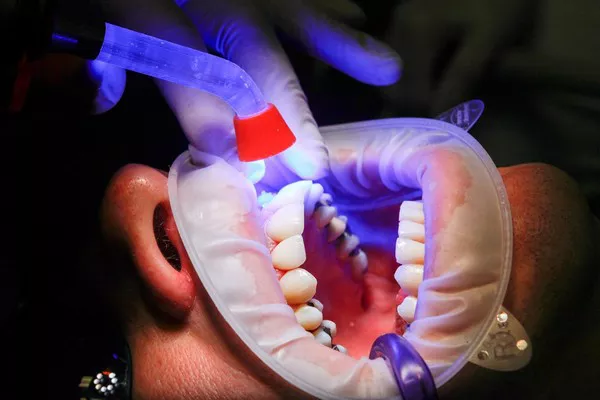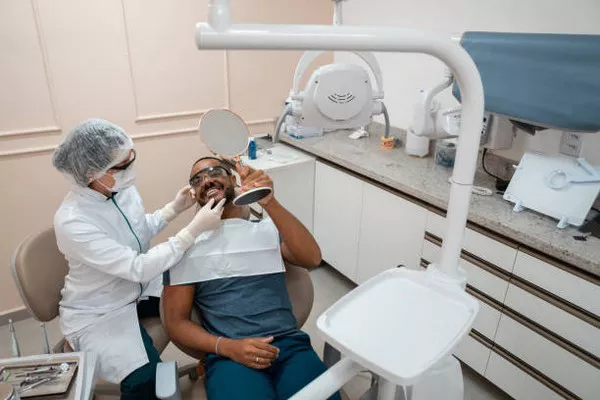Orthodontic treatment doesn’t end when braces or aligners are removed. Retainers play a crucial role in maintaining the results achieved during active treatment. Understanding how long retainers need to be worn and the factors that influence retention duration is essential for ensuring a lasting, beautiful smile. This article delves into the specifics of retainer wear, factors affecting retention duration, different types of retainers, the importance of retention, and practical guidance for patients.
General Retention Timeframe
Retainers are prescribed based on a structured timeframe to ensure the teeth remain in their corrected positions post-treatment.
Initial Stage: Immediately after braces or aligners are removed, retainers are typically worn full-time, 24 hours a day. This initial stage is critical as it allows the teeth to settle into their new positions without the risk of shifting back. Full-time wear often lasts for the first few months, providing stability during the most vulnerable period after active treatment.
Transitional Stage: After the initial phase, retainers are usually transitioned to nighttime wear only (while sleeping). This phase typically begins after a few months of full-time wear. Nighttime wear is sufficient to maintain the teeth’s alignment once they have stabilized but ensures continued support against any minor shifting that may occur during sleep.
Long-Term Retention: Long-term retention involves wearing retainers at night indefinitely. This practice helps to prevent the teeth from gradually reverting to their original positions over time. While the frequency of wear may decrease, consistent use of retainers is crucial for maintaining the results of orthodontic treatment for years to come.
Factors Affecting Retention Duration
Several factors influence how long retainers need to be worn to ensure effective retention and prevent relapse.
Age: Younger patients, whose jaws are still growing and developing, may need to wear retainers for a longer period. Growth spurts and changes in facial structure can impact tooth alignment, necessitating extended retention to stabilize the teeth in their new positions.
Severity of the Case: Cases that involved significant tooth movement or complex orthodontic issues may require longer retention periods. The more extensive the treatment and tooth adjustments, the longer it may take for the supporting bone and tissues to adapt fully to the new tooth positions.
Compliance: Patient compliance is a critical factor in determining retention duration. Patients who consistently wear their retainers as directed by their orthodontist are more likely to achieve and maintain optimal results long-term. Orthodontists emphasize the importance of wearing retainers regularly and correctly to prevent any regression in tooth alignment.
Types of Retainers
Orthodontists prescribe different types of retainers based on individual patient needs and preferences.
Fixed Retainers: Fixed retainers, also known as bonded retainers, are typically made of a thin wire that is bonded to the back surfaces of the teeth. These retainers are designed to be worn permanently and provide continuous support to prevent any potential relapse. They are especially effective for maintaining alignment in the lower front teeth where relapse is most common.
Removable Retainers: Removable retainers come in various forms, including clear aligners (similar to Invisalign trays) and traditional Hawley retainers (made of acrylic and wire). These retainers are worn according to the orthodontist’s instructions, typically at night. Clear aligners may be used as retainers following Invisalign treatment, while Hawley retainers are custom-made for each patient and can be adjusted if necessary.
Retention Schedule: The orthodontist determines the appropriate type of retainer and wear schedule based on the patient’s individual orthodontic needs and treatment outcomes. Regular follow-up appointments are scheduled to monitor the retention progress and make any adjustments to the retention plan as needed.
See Also: How Do Orthodontists Remove Braces
Importance of Retention
Understanding the importance of retention motivates patients to commit to their post-treatment care regimen.
Preventing Relapse: The primary goal of wearing retainers is to prevent relapse, which refers to the unwanted shifting of teeth back toward their original positions. Consistent retention ensures that the investment made in orthodontic treatment continues to pay off by maintaining a straight smile and proper bite alignment.
Maintaining Results: Retention helps preserve the aesthetic and functional benefits achieved through orthodontic treatment. It ensures that the teeth remain stable and aligned, allowing patients to enjoy their improved smile and bite for years to come.
Consequences of Non-Compliance: Failure to wear retainers as directed can lead to relapse, necessitating additional orthodontic treatment to correct any shifting that occurs. This not only prolongs the treatment process but also increases the overall cost and inconvenience for the patient.
Conclusion
Emphasizing the significance of retention encourages patients to prioritize their retainer wear and follow their orthodontist’s recommendations.
Following Instructions: Patients should adhere to their orthodontist’s instructions regarding retainer wear schedule and care. Open communication with the orthodontic team ensures that any concerns or questions about retention can be addressed promptly.
Contact Your Orthodontist: For personalized guidance on retention and to discuss any aspects of post-treatment care, patients are encouraged to reach out to their orthodontist. Orthodontic practices are committed to supporting patients in maintaining their new smile and oral health through effective retention strategies.
By understanding the role of retainers, recognizing the factors that influence retention duration, and maintaining regular communication with their orthodontist, patients can maximize the benefits of their orthodontic treatment and enjoy a confident smile for life.
You Might Be Interested In
































